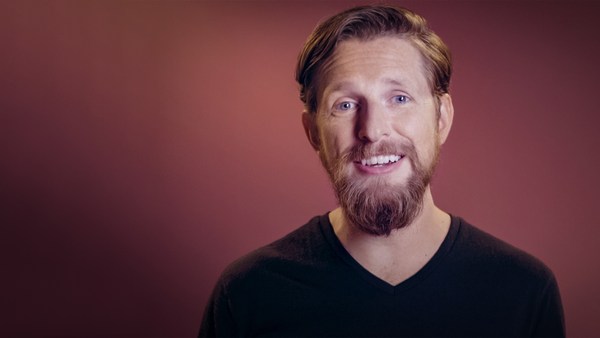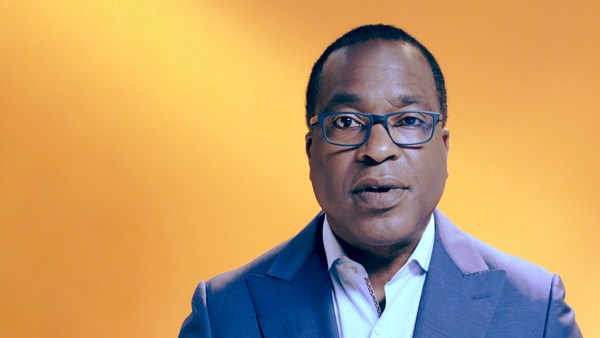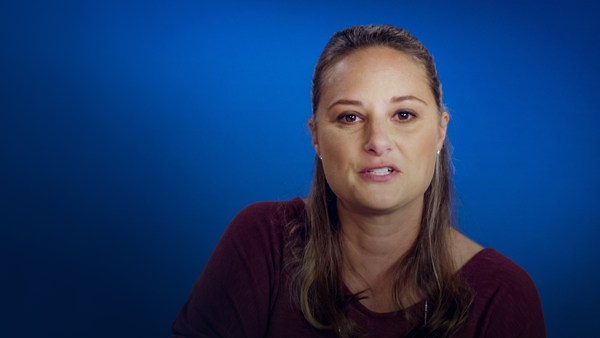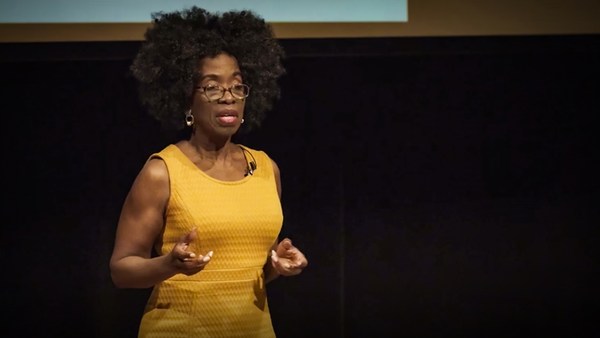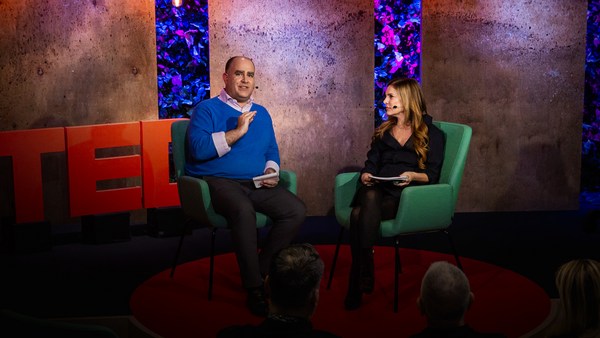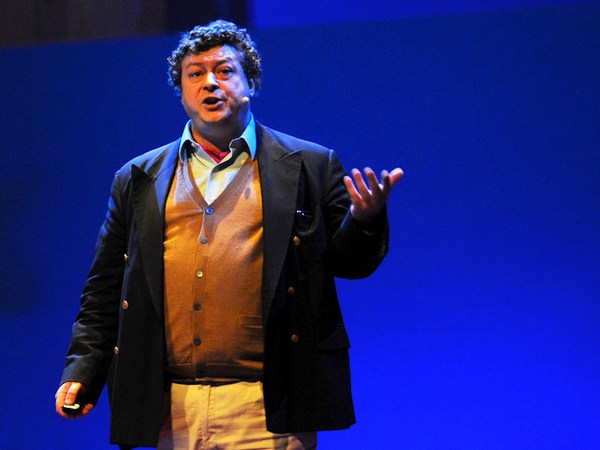We all know that saving is important and is something that we should be doing. And yet, overall, we're doing less and less of it.
[The Way We Work]
We know what we need to do. The question is: How do we do it? And that's what I'm here to teach you.
Your savings behavior isn't a question of how smart you are or how much willpower you have. The amount we save depends on the environmental cues around us. Let me give you an example.
We ran a study in which, in one group, we showed people their income on a monthly basis. In another group, we showed people their income on a weekly basis. And what we found was that people who saw their income on a weekly basis were able to budget better throughout the month. Now, it's important to know that we didn't change how much money people were receiving, we just changed the environment in which they understood their income. And environmental cues like this have an impact.
So I'm not going to share tricks with you that you already know. I'm not going to tell you how to open up a savings account or how to start saving for your retirement. What I am going to share with you is how to bridge this gap from your intentions to save and your actions. Are you ready?
Here's number one: harness the power of pre-commitment. Fundamentally, we think about ourselves in two different ways: our present self and our future self. In the future, we're perfect. In the future, we're going to save for retirement, we're going to lose weight, we're going to call our parents more. But we oftentimes forget that our future self is exactly the same person as our present self. We know that one of the best times to save is when you get your tax return.
So we tried an A/B test. In the first group, we texted people in early February, hopefully before they even filed for their taxes. And we asked them, "If you get a tax refund, what percentage would you like to save?" Now this is a really hard question. They didn't know if they would receive a tax refund or how much. But we asked the question anyway. In the second group, we asked people right after they received their refund, "What percentage would you like to save?"
Now, here's what happened. In that second condition, when people just received their tax refund, they wanted to save about 17 percent of their tax refund. But in the condition when we asked people before they even filed their taxes, savings rates increased from 17 percent to 27 percent when we asked in February. Why? Because you're committing for your future self, and of course your future self can save 27 percent. These large changes in savings behavior came from the fact that we changed the decision-making environment. We want you to be able to harness that same power. So take a moment and think about the ways in which you can sign up your future self for something that you know today will be a little bit hard. Sign up for an app that lets you make savings decisions in advance. The trick is, you have to have that binding contract.
Number two: use transition moments to your advantage. We did an experiment with a website that helps older adults share their housing. We ran two ads on social media, targeted to the same population of 64-year-olds. In one group, we said, "Hey, you're getting older. Are you ready for retirement? House sharing can help." In the second group, we got a little bit more specific and said, "You're 64 turning 65. Are you ready for retirement? House sharing can help." What we're doing in that second group is highlighting that a transition is happening.
All of a sudden, we saw click-through rates, and ultimately sign-up rates, increase when we highlight that. In psychology, we call this the "fresh start effect." Whether it's the start of a new year or even a new season, your motivation to act increases. So right now, put a meeting request on your calendar for the day before your next birthday. Identify the one financial thing you most want to do. And commit yourself to it.
The third and final trick: get a handle on small, frequent purchases. We've run a few different studies and found that the number one purchase people say they regret, after bank fees, is eating out. It's a frequent purchase we make almost every day, and it's death by a thousand cuts. A coffee here, a burrito there ... It adds up and decreases our ability to save.
Back when I lived in New York City, I looked at my expenses and saw that I spent over 2,000 dollars on ride-sharing apps. It was more than my New York City rent. I vowed to make a change. And the next month, I spent 2,000 dollars again -- no change, because the information alone didn't change my behavior. I didn't change my environment.
So now that I was 4,000 dollars in the hole, I did two things. The first is that I unlinked my credit card from my car-sharing apps. Instead, I linked a debit card that only had 300 dollars a month. If I needed more, I had to go through the whole process of adding a new card, and we know that every click, every barrier, changes our behavior.
We aren't machines. We don't carry around an abacus every day, adding up what we're spending, in comparison to what we wanted. But what our brains are very good at is counting up the number of times we've done something. So I gave myself a limit. I can only use ride-sharing apps three times a week. It forced me to ration my travels. I got a handle on my car-sharing expenses to the benefit of my husband, because of the environmental changes that I did. So get a handle on whatever that purchase is for you, and change your environment to make it harder to do so.
Those are my tips for you. But I want you to remember one thing. As human beings, we can be irrational when it comes to saving and spending and budgeting. But luckily, we know this about ourselves, and we can predict how we'll act under certain environments. Let's do that with saving. Let's change our environment to help our future selves.
